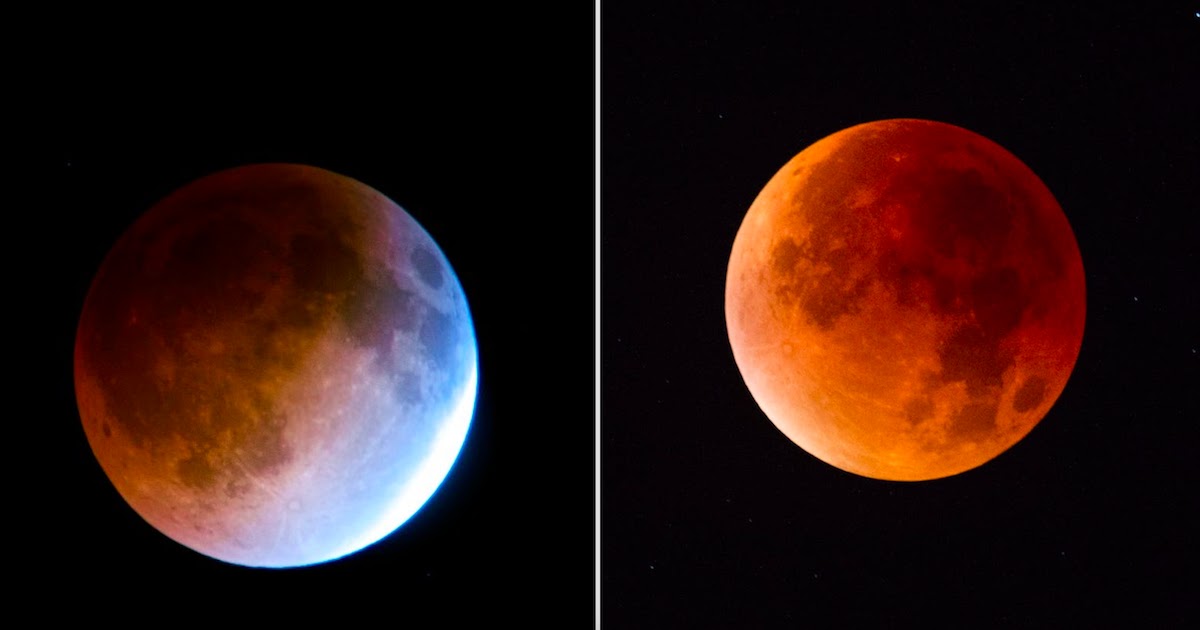
The longest lunar eclipse of this century is due this week, exciting stargazers and amateur astronomers across the world.
On November the 18th and 19th, a 'blood moon' lunar eclipse will take place, turning the Moon a bright red colour. The event occurs due to Earth moving in between the Sun and the Moon blocking the direct sunlight that gives the Moon its usual bright white appearance. This is sometimes known as a 'blood red moon' and sometimes as the Japanese lantern effect.
The Moon will be eclipsed for a full 3 hours and 28 minutes, meaning that anyone with a clear view of the night sky will see the memorable phenomenon. However, at any time the Moon is in the night sky, it will be partially eclipsed. Already thousands are planning to head outside to take pictures and film the event.
The event can be seen from most places in the world, but North America will get the best views. In the US East, the show starts at roughly 2 am and, in the West coast, it will begin at 11pm, being at full peak 2 hours later.
You can track where and when you can see the eclipse here.
The eclipse is not though the only celestial sight to be seen this week. On Wednesday morning, the Leonid meteor shower will be seen clearly across much of the world. The meteor shower is caused by the Tempel-Tuttle comet and occurs on a yearly basis.
The meteor shower takes its name from the Leo constellation in the night sky in which it is roughly situated and is caused as small pieces of debris fall from the comet that circles the Earth every 33 years.
A full rundown of when and where you can see the meteors can be found here.
The meteors should be visible to the naked eye in very clear sky conditions, but the full moon presence may have a diminishing effect on what can be seen.
[Based on reporting by: Good News Network]












COMMENTS